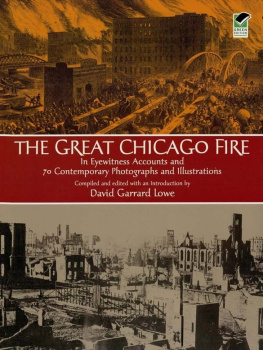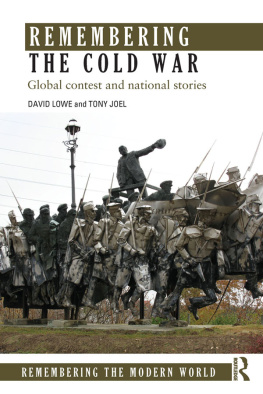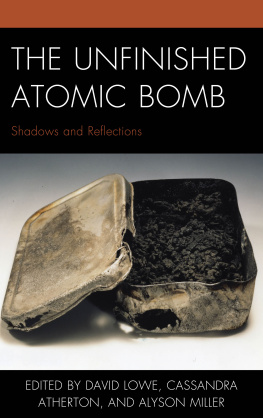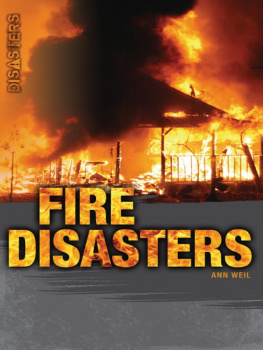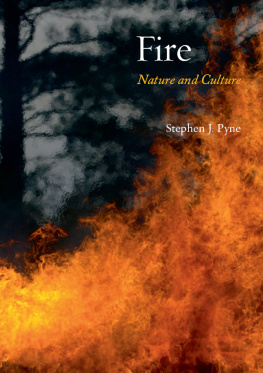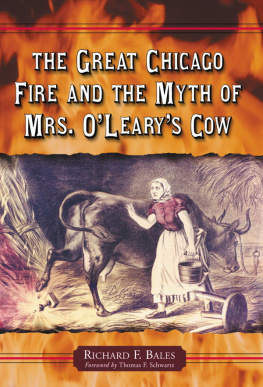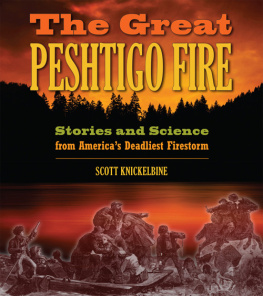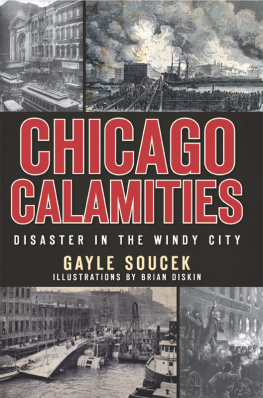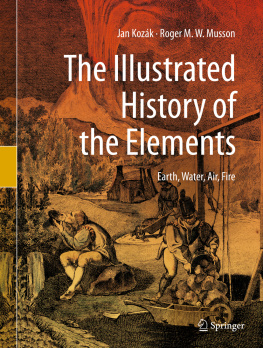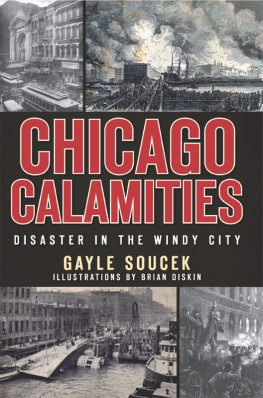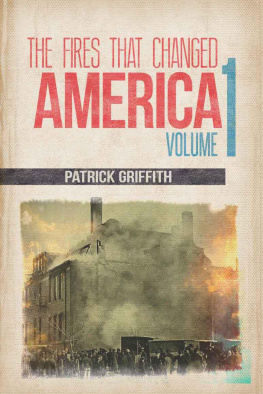David Lowe - The Great Chicago Fire
Here you can read online David Lowe - The Great Chicago Fire full text of the book (entire story) in english for free. Download pdf and epub, get meaning, cover and reviews about this ebook. year: 2012, publisher: Dover Publications, genre: Non-fiction. Description of the work, (preface) as well as reviews are available. Best literature library LitArk.com created for fans of good reading and offers a wide selection of genres:
Romance novel
Science fiction
Adventure
Detective
Science
History
Home and family
Prose
Art
Politics
Computer
Non-fiction
Religion
Business
Children
Humor
Choose a favorite category and find really read worthwhile books. Enjoy immersion in the world of imagination, feel the emotions of the characters or learn something new for yourself, make an fascinating discovery.
- Book:The Great Chicago Fire
- Author:
- Publisher:Dover Publications
- Genre:
- Year:2012
- Rating:3 / 5
- Favourites:Add to favourites
- Your mark:
- 60
- 1
- 2
- 3
- 4
- 5
The Great Chicago Fire: summary, description and annotation
We offer to read an annotation, description, summary or preface (depends on what the author of the book "The Great Chicago Fire" wrote himself). If you haven't found the necessary information about the book — write in the comments, we will try to find it.
Definitive treatment of 1871 fire one of the greatest disasters in American history includes eyewitness accounts and before-and-after illustrations. 70 photographs and engravings.
The Great Chicago Fire — read online for free the complete book (whole text) full work
Below is the text of the book, divided by pages. System saving the place of the last page read, allows you to conveniently read the book "The Great Chicago Fire" online for free, without having to search again every time where you left off. Put a bookmark, and you can go to the page where you finished reading at any time.
Font size:
Interval:
Bookmark:

The curious combination of terror and wonder inspired by the Great Chicago Fire of 1871 is captured with striking immediacy in these memoirs of men and women who lived through that famous holocaust. Their recollections appeared in various places in the years after the fire, including the second volume, published in 1885, of Alfred T. Andreas monumental three-volume History of Chicago . In 1915, under the editorship of Mabel McIlvaine, the essays were published in the Lakeside Classics series issued by The Lakeside Press of Chicago under the title Reminiscences of Chicago During the Great Fire. They are here reissued with, for the first time, illustrations drawn from the archives of the Chicago Historical Society and from the leading periodicals of the day such as Harpers and Leslies weeklies.
I would like to thank all of those who helped me when I was at work on this volume. At the head of any list of acknowledgments must be the Chicago Historical Society and its director, Harold K. Skramstad, Jr. I would also like to thank the staff of the Societys Graphics Department, especially .Julia Westerberg and Miriam Blazowski. Much of my knowledge of the Great Chicago Fire was gained while doing research at the Newberry Library. It would be impossible to name all of those to whom I am indebted there, but I do wish to mention Lawrence W. Towner, president of the Newberry Library; James M. Wells, vice-president; and Richard H. Brown, director of research and education. In New York my research was carried out at the New York Public Library. I would like to acknowledge my obligation to that institution for the use of the Frederick Lewis Allen Room and to express my thanks to the staff of the Local History and Genealogy Room: Gunther Pohl, Timothy Beard, Natalie Seweryn and Frank Bradley.
D. G. L.
Lost Chicago
Thirty-Two Picture Postcards of Old Boston
Thirty-Two Picture Postcards of Old Chicago
Thirty-Two Picture Postcards of Old London
New York, N. Y.
Views of a Splendid World
Frontispiece: Flames appear to create a rain of fire at the Chamber of Commerce, which stood on the southeast corner of Washington and La Salle Streets. ( Harpers Weekly, October 28, 1871)
The following is a directory as far as we are able to make it out at this writing:
Chicago Evening Journal , 15 and 17 South Canal Street.
Board of Trade, 51 and 53 South Canal Street.
Post-office, Burlington Hall, corner Sixteenth Street.
Western Union Telegraph Company, Burlington Hall, corner of State and Sixteenth streets.
Common Council, new Congregational Church, corner of West Washington and Ann streets.
Board of Public Works, Masonic Building, corner West Randolph and Halsted streets.
The officers of the Illinois Central, and Chicago, Burlington and Quincy Railroads will be found at the ruins of their old depots. Their vaults are in great danger.
The U.S. Custom-house, U.S. Depository, Marshals Courts, U.S. Commissioner Hoyne, will be located in the old Congregational Church, corner of Green and Washington.
The office for arrival and departure of vessels, at Light-house.
The Tribune office is in the same building as the Journal .
United States Pension office, rear of a drug store, corner of State and Sixteenth streets. The address of the agent, D. Blakely, is Michigan Avenue, 581.
Merchants Saving Loan & Trust Company can be found at the residence of the President, Mr. S. A. Smith, 414 Wabash Avenue.
The proprietors of the Sherman House have bought P. W. Gates Hotel, corner of Clinton and Madison streets, and will open immediately.
The Matteson House proprietors can be found at 579 West Washington Street, where all business will be transacted.
The Tremont House proprietors have purchased the Michigan Avenue Hotel, where they are now stationed.
[At the time of the fire, Chamberlin was a reporter of twenty on the old Chicago Evening Post, afterward consolidated with the Evening Mail. His account was first published in Chicago and the Great Conflagration. issued soon after the fire by Elias Colbert and Everett Chamberlin.]
I was at the scene in a few minutes. The fire had already advanced a distance of about a single square through the frame buildings that covered the ground thickly north of De Koven Street and east of Jefferson Streetif those miserable alleys shall be dignified by being denominated streets [Plate 2]. That neighborhood had always been a terra incognita to respectable Chicagoans, and during a residence of three years in the city I had never visited it. The land was thickly studded with one-story frame dwellings, cow stables, pigsties, corncribs, sheds innumerable; every wretched building within four feet of its neighbor, and everything of woodnot a brick or a stone in the whole area.
The fire was under full headway in this combustible mass before the engines arrived, and what could be done? Streams were thrown into the flame, and evaporated almost as soon as they struck it [Plate 3]. A single fire engine in the blazing forests of Wisconsin would have been as effective as were these machines in a forest of shanties thrice as combustible as the pine woods of the North. But still the firemen kept at work fighting the flamesstupidly and listlessly, for they had worked hard all of Saturday night and most of Sunday, and had been enervated by the whisky which is always copiously poured on such occasions. I stepped in among some sheds south of Ewing Street; a fence by my side began to blaze; I beat a hasty retreat, and in five minutes the place where I had stood was all ablaze. Nothing could stop that conflagration there. It must sweep on until it reached a broad street, and then, everybody said, it would burn itself out.
Ewing Street was quite a thoroughfare for that region. It is a mere alley, it is true, but is somewhat broader than the surrounding lanes. It has elevated board sidewalks, and is passable for teams in dry weather. On that night it was crowded with people pouring out of the thickly-settled locality between Jefferson Street and the river, and here the first panic began. The wretched female inhabitants were rushing out almost naked, imploring spectators to help them on with their burdens of bed quilts, cane-bottomed chairs, iron kettles, etc. Drays were thundering along in the single procession which the narrowness of the street allowed, and all was confusion.
Plate 2. The Patrick OLeary house on De Koven Street on the Southwest Side in 1871. The Great Fire is supposed to have started in a barn behind the house. (Courtesy) of the Chicago Historical Society)
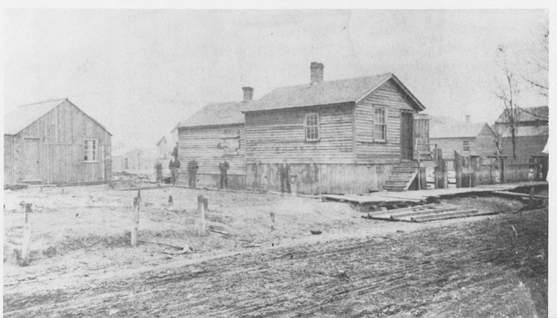

Plate 3. Equipment of the type used by the Chicago Fire Department at the time of the Great Fire.

A steamer, a steam fire engine consisting of a boiler, engine and pump. MIDDLE: A hook and ladder.
Font size:
Interval:
Bookmark:
Similar books «The Great Chicago Fire»
Look at similar books to The Great Chicago Fire. We have selected literature similar in name and meaning in the hope of providing readers with more options to find new, interesting, not yet read works.
Discussion, reviews of the book The Great Chicago Fire and just readers' own opinions. Leave your comments, write what you think about the work, its meaning or the main characters. Specify what exactly you liked and what you didn't like, and why you think so.

